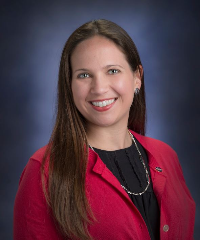
Published Date5 Days Ago
- 38 Views
The GLOBE Clouds team is delighted to announce this new section that showcases sky and cloud photographs from around the world! We’ve also been receiving some amazing questions from students. The featured question was asked by students from Corpus Christi Catholic School: Question: Why can we see clouds but not evaporation? Answer: Water vapor is invisible. However, the water in clouds...
Posted in:
Curriculum:
STEM
GLOBE Science Topics:
Backyard Science
Climate
Climate Change
General Science
General Science @es
Earth as a System
Earth System Science
Investigation Areas:
Atmosphere
Earth As a System
News Topics:
News Briefs
Primary Audience:
Alumni
Country Coordinators
Partners
Scientists
Students
Teachers
Trainers





